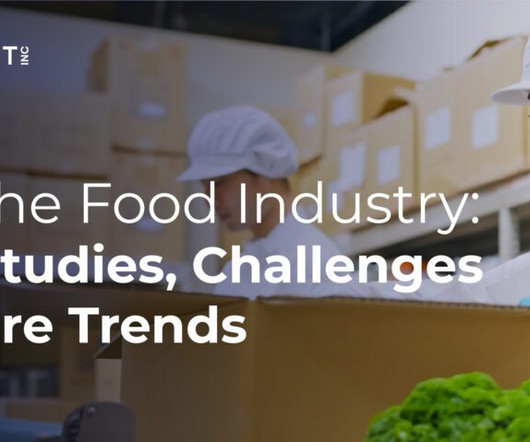RS Group releases report on its activities and strategy for Environmental, Social and Governance
Synovos
JULY 24, 2023
It has also reduced its Scope 3 transportation emissions intensity by 28% since 2019/20, thereby achieving its 2029/30 goal seven years early. This has been made possible through modal shifts from air to sea or air to road and optimizing its supply chain to source, store and ship more products locally.















Let's personalize your content